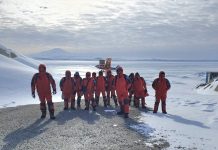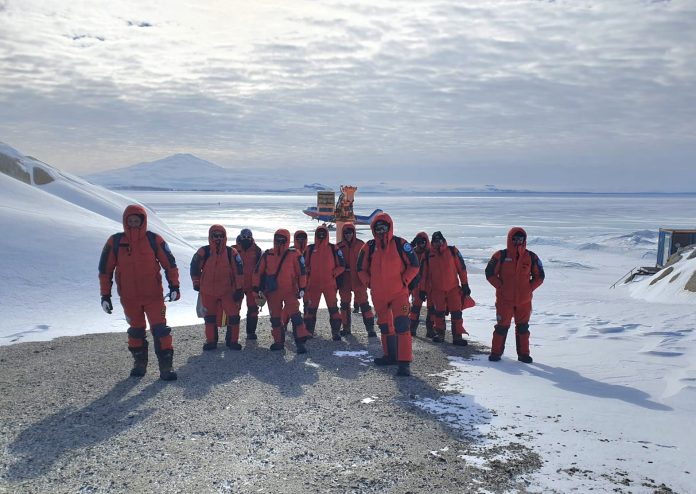by InTrieste
Italy has launched its 41st Antarctic research mission, with Trieste once again positioned at the heart of the country’s polar ambitions. The National Institute of Oceanography and Experimental Geophysics (OGS), headquartered in the city, will steer the technical and scientific operations of the nation’s sole research icebreaker, Laura Bassi — a vessel that has steadily become a symbol of Italy’s growing role in polar science.
The mission, part of the National Antarctic Research Program (PNRA), brings together roughly 200 scientists, engineers and support staff across three hubs: the Mario Zucchelli coastal base, the Concordia inland station and the Laura Bassi. While the National Research Council (CNR) leads scientific coordination and ENEA manages station logistics, OGS oversees one of the program’s most complex components: ensuring safe, sustained access by sea to one of the planet’s most challenging environments.
The Laura Bassi — which set sail from Trieste earlier this month — is charting a long route to Antarctica by way of the Panama Canal, expecting to reach New Zealand in mid-November before heading south to the Ross Sea. Its mission will span more than 190 days, supporting five research projects ranging from oceanography to climate history. Twenty-eight researchers and technicians will be on board alongside a crew of 23.
“Thanks to an extensive modernization and maintenance program supported by the Ministry of University and Research, the ship enters its sixth Antarctic mission with upgraded capabilities,” said Franco Coren, director of the OGS Naval Infrastructure Management Center. The improvements, he noted, are expected to enhance both daily life at sea and the precision of scientific operations.
For Trieste — home to a dense network of marine and climate research institutions — the Antarctic program underscores the city’s role as a gateway between Europe’s scientific community and remote polar environments. The Laura Bassiremains the only Italian vessel capable of breaking through Antarctic ice, and one of the few European ships able to support long-range interdisciplinary research in the Southern Ocean.
The work at sea complements Italy’s activities on land, including forthcoming upgrades to the Mario Zucchelli base and a major international ice-core project at Little Dome C, where scientists aim to extract evidence of climate conditions dating back more than 1.2 million years. But for many researchers, the logistical lifeline that Laura Bassi provides — ferrying people, equipment and knowledge across hemispheres — is what keeps Italy firmly anchored in Antarctic exploration.
As global interest in polar regions increases and competition for research access intensifies, OGS’s work, maritime infrastructure and scientific networks continue to place Trieste among Europe’s key ports of polar science — a coastal city whose reach extends from the Adriatic to the edge of the world.






























